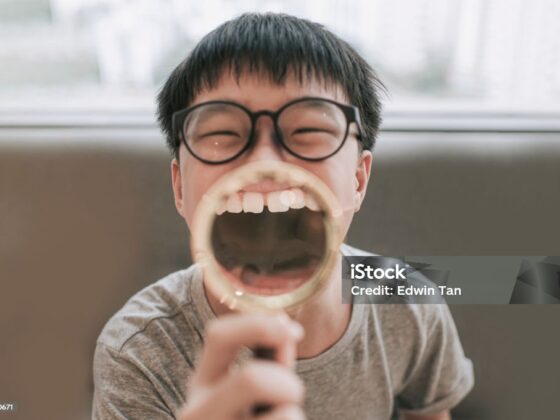Introduction: Unmasking Deception in the Digital Age
Are we living in an era of deception and half-truths? Unfortunately, the answer is often yes. In our complex world, misinformation can spread like wildfire, creating confusion, division, and chaos. But fear not, for technology, our ever-present companion, offers us a glimmer of hope. With its arsenal of tools and algorithms, technology has become an indispensable weapon in the battle against lies and half-truths. Let us explore how technology continues to evolve, both perpetuating and detecting deception, and how we can navigate this intricate landscape.
Body: The Two-Sided Coin of Technological Advancement
The Dark Side of Technology: Empowering Deception
While technology has undoubtedly played a pivotal role in fostering connectivity and progress, it also possesses the power to amplify deceit. One need only glance at the rise of deepfakes, manipulated videos or images created using artificial intelligence (kepintaran buatan), to comprehend the sinister possibilities. These malicious creations blur the line between reality and fiction, enabling anyone with access to deceive the masses. As technology continues to advance, it becomes increasingly challenging to distinguish truth from fabrication, especially for those who lack the digital savviness to navigate this treacherous landscape.
Shining a Light: Technology as a Lie-Detecting Beacon
In the eternal battle between truth and falsehoods, technology stands as a formidable ally. Advanced algorithms and artificial intelligence can now scrutinize vast amounts of data, unearthing patterns that expose deception. Social media platforms employ sophisticated algorithms to detect and flag misinformation, preventing it from spreading like wildfire. Fact-checking websites utilize artificial intelligence to verify claims, debunking falsehoods, and protecting the authenticity of information.
Furthermore, machine learning algorithms have emerged as powerful tools for lie detection. By analyzing facial microexpressions, vocal intonations, and linguistic patterns, technology can identify cues that betray deception. The advancements made in natural language processing enable algorithms to evaluate statements, detecting nuances and inconsistencies that human senses may overlook. With each technological stride, our ability to distinguish truth from deceit improves.
Embracing Technological Enlightenment
As consumers of digital content, we bear a responsibility to discern the truth, and technology empowers us to do so. By equipping ourselves with critical thinking skills and utilizing available tools, we can navigate this information labyrinth. Fact-checking plugins, browser extensions, and apps can swiftly verify the credibility of sources before we consider them gospel. Researching claims and consulting multiple sources, both digital and analog, can prevent us from falling prey to half-truths. Let us leverage technology’s gift of connectivity to educate ourselves and be guardians against misinformation.
Conclusion: Technology as the Guardian of Truth
In this era of manipulation and half-truths, we find ourselves in a constant dance with deceit. However, technology, when wielded responsibly and discerningly, can combat this falsehood that permeates our digital landscape. By embracing technological advancements, refining our critical thinking skills, and utilizing the resources at our disposal, we can protect the integrity of truth. Let us work hand in virtual hand with technology and forge a future where the light of truth pierces through the darkest abyss of deception.
Frequently Asked Questions
-
How can technology accurately detect deception?
Technology employs various methods to detect deception, including advanced algorithms and artificial intelligence. By analyzing data and patterns, technology can identify cues such as microexpressions, vocal intonations, and linguistic patterns that betray deception. Additionally, advancements in natural language processing enable algorithms to evaluate statements for inconsistencies and nuances, enhancing their ability to distinguish truth from falsehoods. -
Are deepfakes becoming a significant threat to truth?
Absolutely. Deepfakes, manipulated videos or images created using artificial intelligence, present a significant threat to truth. With deepfakes becoming increasingly realistic and accessible, it becomes challenging to discern what is real and what is fabricated. This technology empowers anyone with access to deceive the masses, endangering the authenticity and credibility of information. -
How can individuals protect themselves from misinformation in the digital age?
Individuals can protect themselves from misinformation by equipping themselves with critical thinking skills and utilizing technology’s resources. Fact-checking plugins, browser extensions, and apps can quickly verify the credibility of sources. Researching claims and consulting multiple sources, both digital and analog, can help individuals discern truth from half-truths. By remaining vigilant and responsible consumers of digital content, individuals can navigate the digital landscape with greater confidence.


